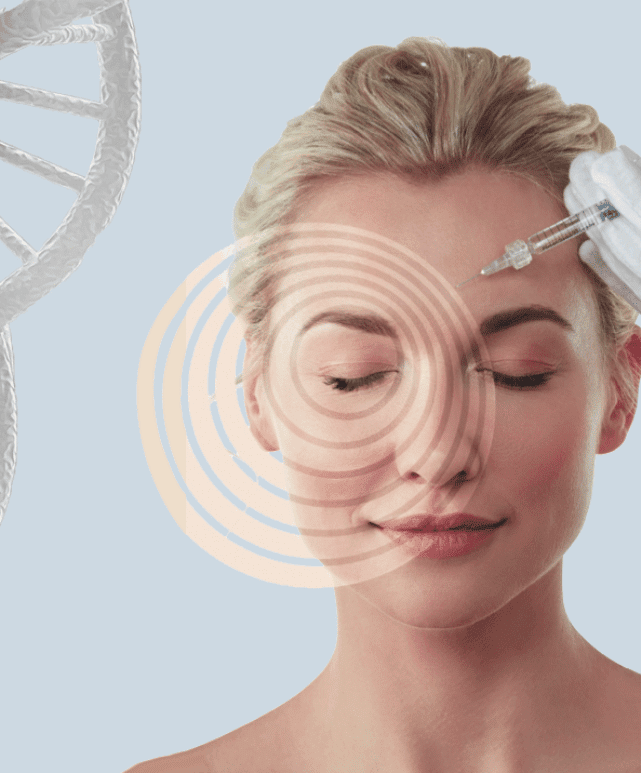In the world of aesthetics, there are more options than ever for achieving smoother, rejuvenated skin. From dermal fillers and skin boosters to cutting-edge treatments like polynucleotides at our London clinics , choosing the right solution can feel overwhelming.
Polynucleotide injections are gaining attention for their ability to regenerate and repair the skin at a cellular level, offering natural-looking, long-term results. But how do they compare to other popular treatments like fillers, anti-wrinkle injections or PRP? In this blog, we’ll explore what makes polynucleotides unique, their benefits, and how they stack up against other aesthetic treatments to help you make the right choice for your skin goals.
Are Polynucleotides A Filler?
No, polynucleotides are not considered dermal fillers. While both treatments are injectable, they work in different ways.
Polynucleotides are regenerative treatments that help stimulate collagen production, improve skin hydration, and promote tissue repair at a cellular level. They do not add volume like dermal fillers, which are designed to plump the skin and fill wrinkles or facial lines by physically injecting a substance, typically hyaluronic acid or similar materials.
They focus more on skin quality, enhancing texture, elasticity, and overall skin health, whereas fillers focus on volume restoration. Both can be used in combination for comprehensive facial rejuvenation.
Is Lumi Eyes A Polynucleotide?
Yes, Lumi Eyes is a type of polynucleotide treatment, specifically formulated for the delicate under-eye area. It boosts collagen, hydrates skin, and reduces dark circles and fine lines for a refreshed, youthful look.
Lumi Eyes targets sensitive under-eye skin, improving texture and brightness while addressing thinness and puffiness. Other polynucleotide treatments rejuvenate skin across areas like cheeks, jawline, and neck, enhancing overall skin health. Both treatments, however, work on a cellular level to stimulate tissue repair and improve skin quality over time.








